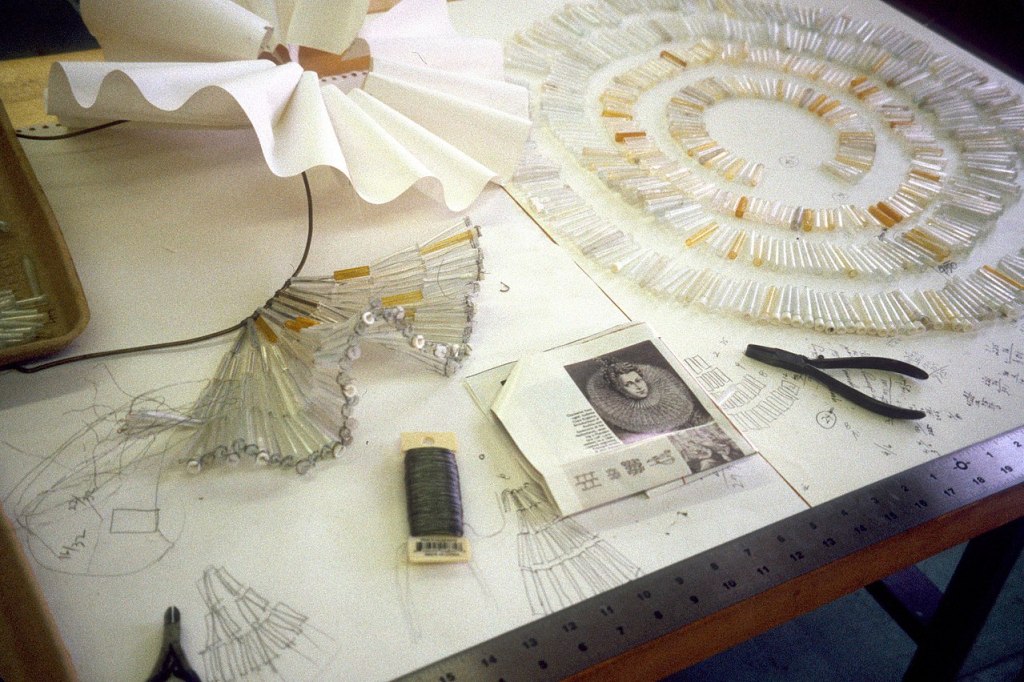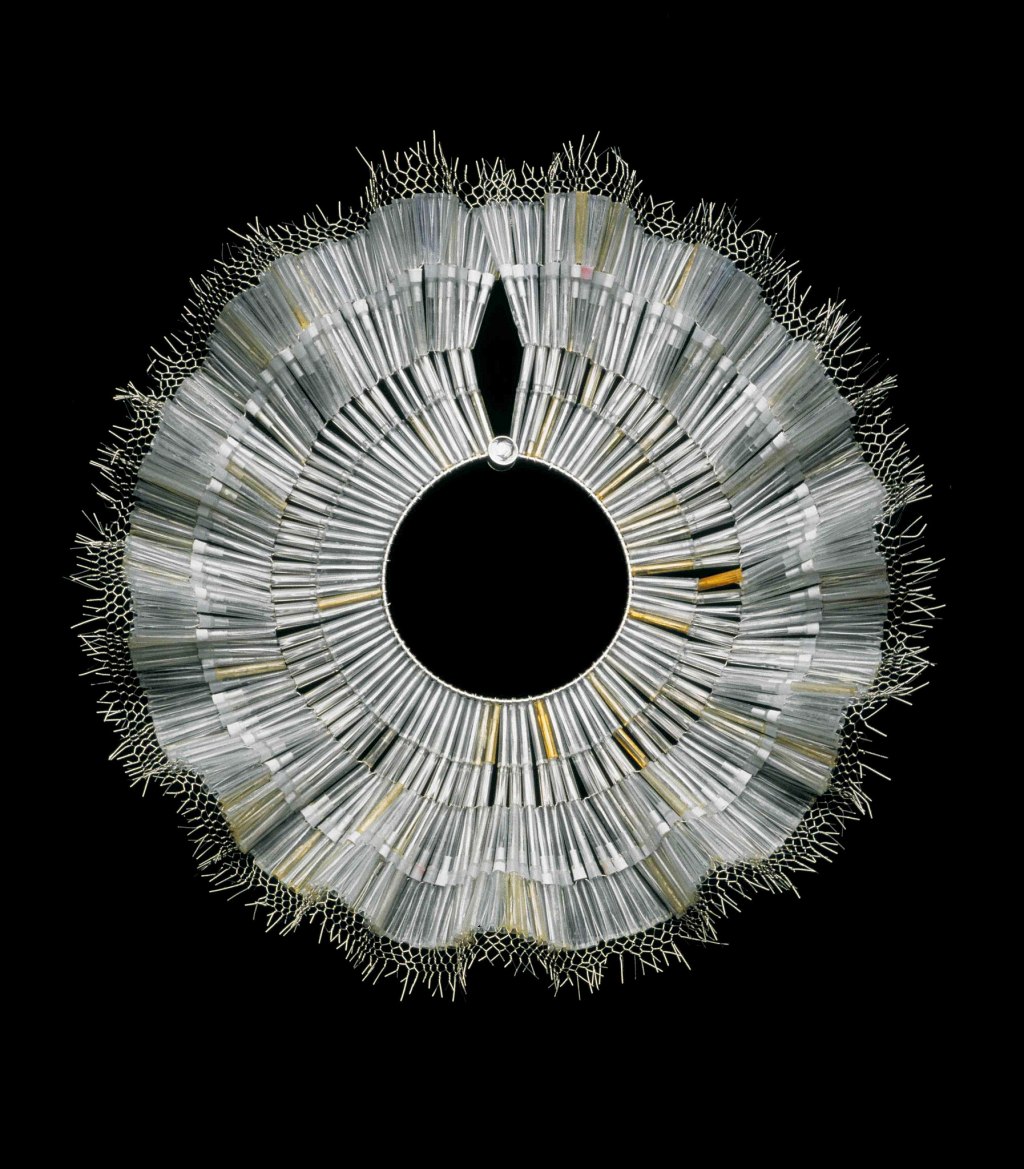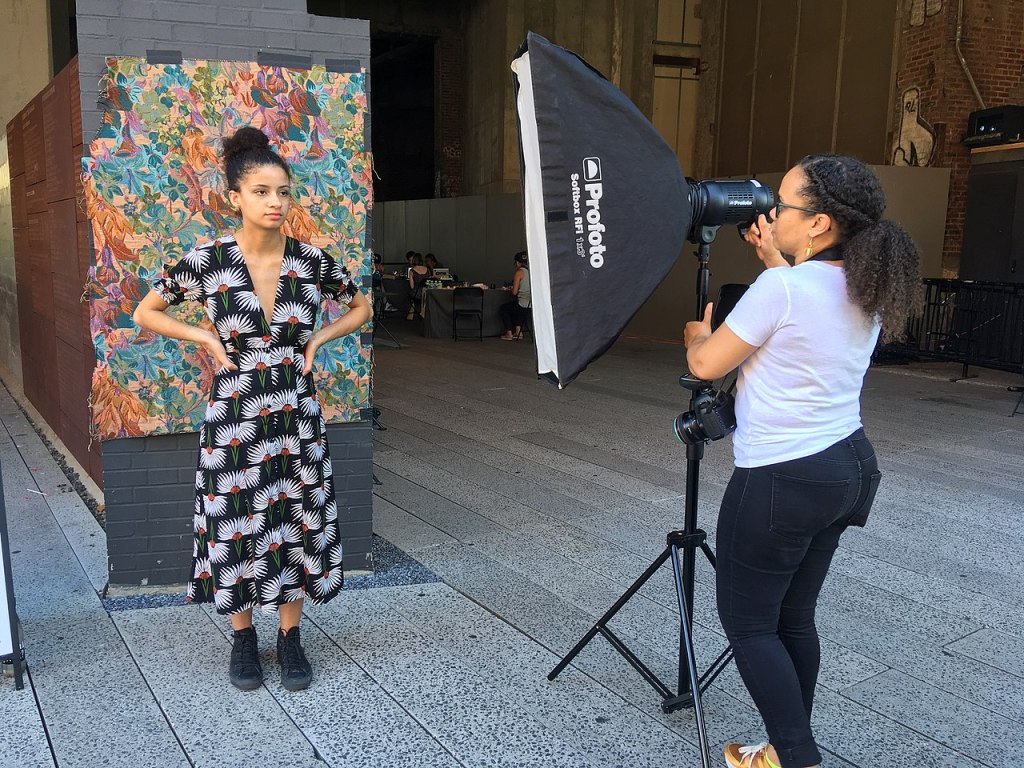Mary Mark Ockerbloom is the co-host of Philadelphia WikiSalon and Wikipedian in Residence for Annual Reviews. Dilettante Army is an Art+Feminism organizer. Pharos is long time member of Wikimedia New York City.
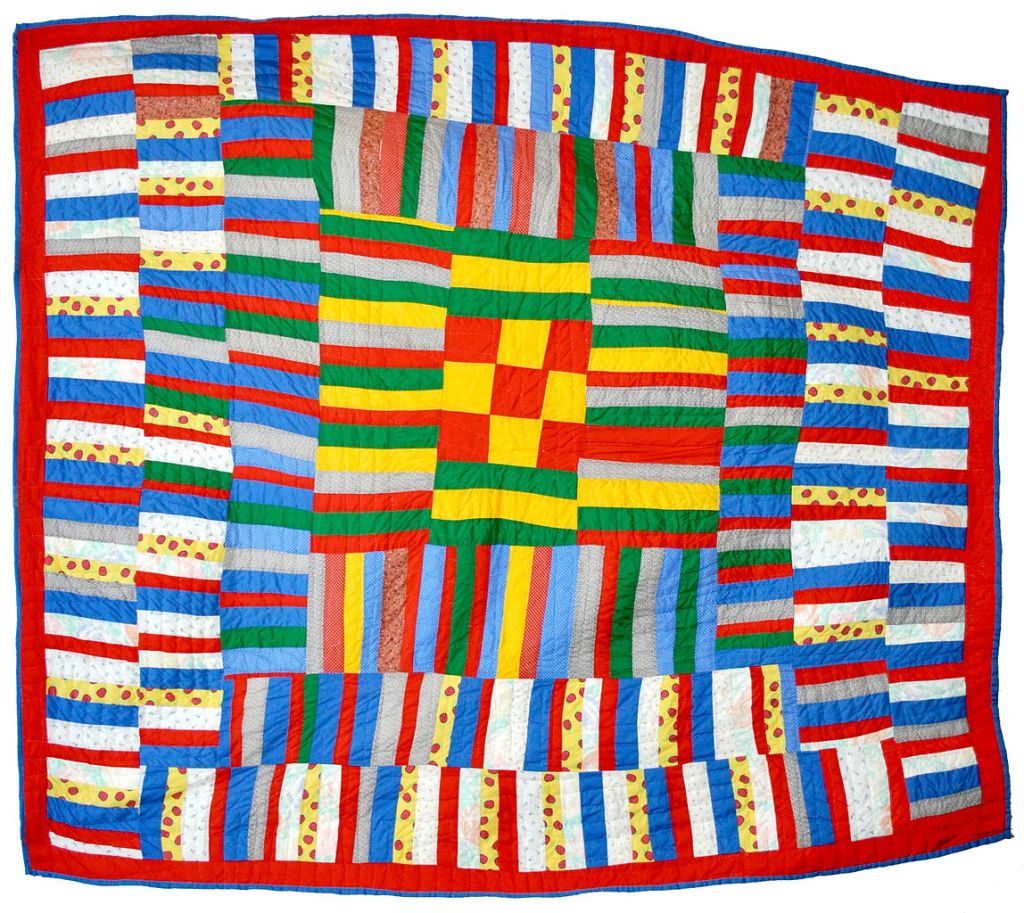
Information about craft is almost nonexistent in Wikipedia and Wikidata. With a view to stitching up that gap, Wikimedia New York City members have started Wikipedia:WikiProject Craft, hosting Craft+Wikipedia Roundtable sessions with the Textile Society of America. Putting together a new WikiProject involves piecing together many different contributions—much like piecing together a quilt. We hope you’ll contribute and explore the world of craft!
Craft is the creation of objects using human hands. It is practiced by professional artists, tradespeople, amateurs and enthusiasts with a spectrum of skills and vision. Craft artists work with traditional craft materials and practices in fields such as glassblowing, pottery, jewelry, textile arts, woodworking and metalworking. The studio movement is part of a broader world of craft where boundaries blur between hobbyists, makers, specialists, and artists.
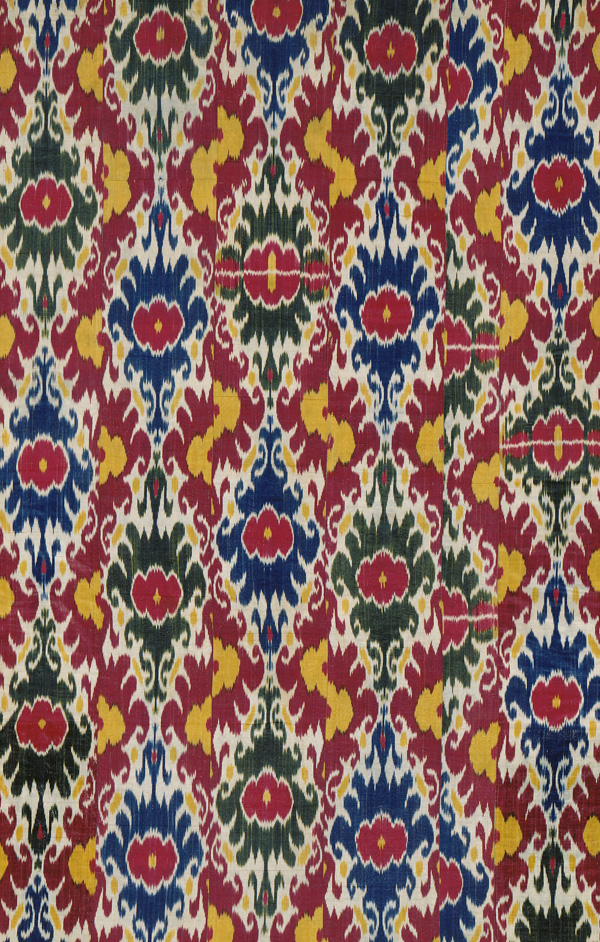
Ikat dyed silk warp, undyed cotton weft 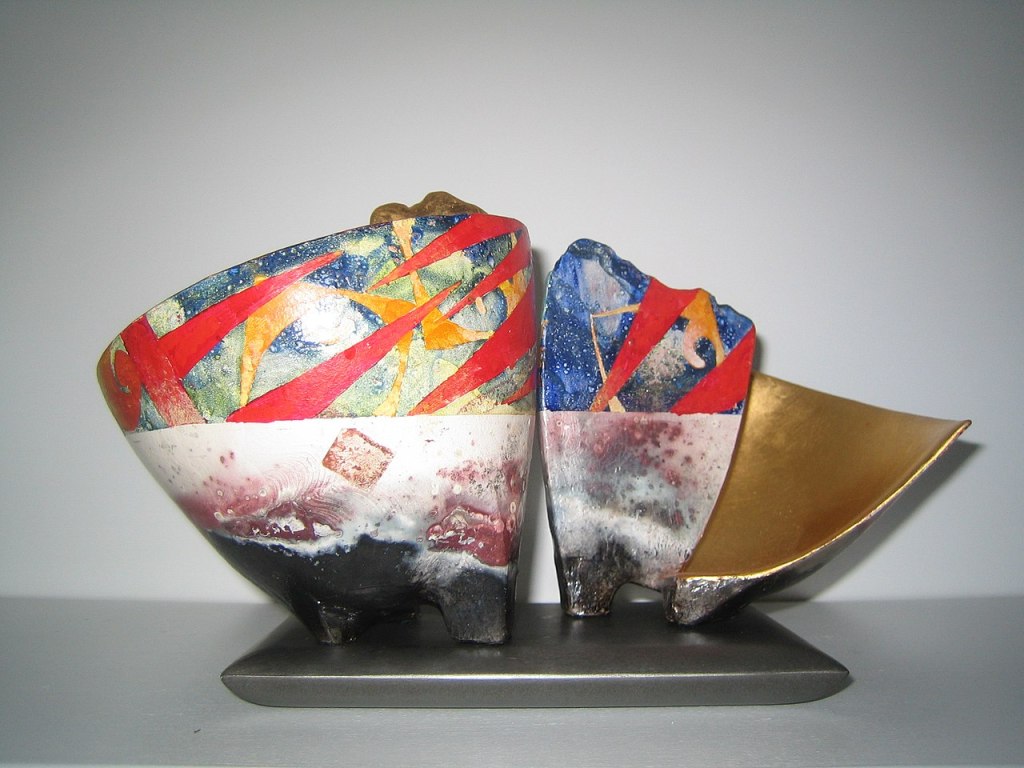
Bennett Bean, painted pots 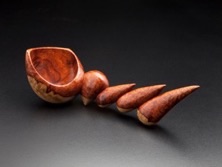
Norm Sartorius, Perseid spoon 
Jan Yager, Tiara of Useful Knowledge
With one hand, craftspeople hold firmly to tools, techniques and traditions that have been practiced for generations to create practical, usable objects. With the other hand, they reach for inspiration and imagination. They may make objects that are both beautiful and utilitarian, like the quilts of Gee’s Bend, or that only reference utility, like a spun-glass wedding dress displayed at the Corning Glass Museum.
The invisibility of craft on Wikipedia
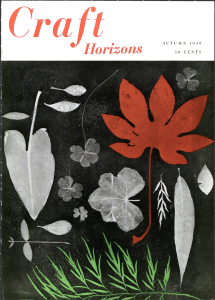
Craft has historically been defined in opposition to both industry and fine art. The Arts and Crafts movement in Britain began in response to the Industrial Revolution, as craftspeople sought to maintain control and authority over their work. Craft is often divided from fine art because of its utility and the class status of its practitioners. Objects made in a domestic context have been gendered as women’s work. Craft’s roots often have been categorized in folk art, naïve art, and primitive art. The work of non-European cultures has a long history of treatment as craft rather than fine art, reflecting bias in European and North American anthropology. Contemporary craftspeople and artists draw on these histories, often reclaiming the pride and skill of handwork, the value of domestic labor, and art forms developed by non-white cultures.
All this may help to explain why there is an information gap around craft on Wikipedia and Wikidata. That lack of information perpetuates the field’s invisibility.
One way to find out more is to look at craft publications. American craft developed in the early 1900s as a successor to European craft movements. Aileen Osborn Webb founded the American Craft Council in 1943 and published the magazines Craft Horizons (1941-1979) and American Craft (1979-). More specialist publications include Studio Potter. Metalsmith, The Journal of Modern Craft, Studio: Craft and Design in Canada, Selvedge, Surface Design Journal, Textile: The Journal of Cloth and Culture, Threads, Textile Research Journal, Glass: The UrbanGlass Quarterly, Journal of Glass Studies, Art Jewelry Forum, Ceramics Monthly, Ceramic Review, and Glaze magazine.
There are Wikipedia articles on American craft as a movement and Craft Horizons, but almost none for other magazines. Coverage of craft artists remains sparse. Category:Women in craft has 12 sub-categories. Wikipedia knows about 297 “Women textile artists” (down from 310 last year) and 201 “Women potters” but only 44 “Women metalsmiths”, 48 “Women silversmiths”, 16 “Women woodcarvers” and 8 “Women stone carvers” (down from 10) worldwide.
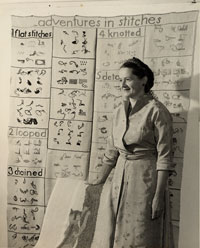
Craft journals are a rich source of information on the history of craft. They can be used to identify, expand, and create Wikidata entities and Wikipedia articles about artists, techniques, tools and other subjects. Some of them, including Craft Horizons (1941-1979) and American Craft magazine (1979-1990) are freely available online. You can also find sources through the Wikipedia Library. (See Introduction to the Wikipedia Library c/o Philadelphia WikiSalon.) Older magazines may not have renewed their copyrights, making them a potential source of images for Wikimedia Commons.
Getting started
The goals of Wikiproject:Craft are to increase visibility and usability of information about craft, to fill content gaps and create a long-lasting framework of basic information about craft.
Identifying topics
What craft information would you like to find on Wikipedia? Since this is a new project, we’ve just started to create templates for categorizing articles. You can help tagging topics. Search Wikipedia for a topic that you think is important to craft, like a publication, organization, artist, movement, technique or tool. If there is a Wikipedia article on the topic, paste {{WikiProject Craft}} at the top of the article’s talk page. You can rate an article to indicate how well developed it is, how important it is, and whether it needs photographs, e.g. {{WikiProject Craft |class=Start |importance=Low |needs-image=yes }} If you don’t find a Wikipedia article, suggest one at Wikipedia:WikiProject Craft or create a Wikidata item.
Expanding Wikidata
Wikidata supports description as structured data, computer-readable statements that identify and connect people, places, things and ideas. Wikidata can be searched and queried, but it only knows something if we describe it. You can develop your skills on Wikidata much like a craftsperson, with each object you create.
Wikidata entities can be created for almost anything you can think of and connected together and to references. WikiProject sum of all paintings has done an excellent job on a traditionally-valued fine art, but much of craft remains undefined and underdeveloped. Relevant properties for craft on Wikidata include product or material produced (P1056), practiced by (P3095) and intangible cultural heritage status (P3259). Craft information on Wikidata can be used to generate lists of topics, to find craft artists, and to improve or create new Wikipedia articles.
Partnerships and events
Wikipedia projects and others often generate lists of topics from Wikidata for use as worklists and in research. Adding craft information to Wikidata will help WikiProject Craft to partner with other groups to organize events, either online or in person.
Existing project groups on Wikipedia like Wikipedia:WikiProject Textile Arts, Art+Feminism, and Women in Red are good candidates for event partners. Many art institutions, libraries, galleries and museums are interested in craft, and som have partnered with Wikipedia in the past, such as the National Museum of Women in the Arts and the Philadelphia Museum of Art. The Smithsonian and others have even hired Wikipedians in residence. Talk to people at your local institutions about ways to improve Wikiproject Craft.
If you’re a teacher, consider whether this could be relevant to a class. WikiEdu works with teachers and university classes to expand Wikipedia and Wikidata.
Images! Images! Images!
It’s incredibly difficult to convey an idea of a visual object without a visual image. Images can be saved on Wikimedia Commons (where Wikipedia stores its images) under either of two conditions. First, an image can be in the public domain, no longer under copyright. Second, it can be released with the permission of the copyright holder under a copyright license that allows others to freely reuse the image in any way they wish, including commercially.
Freely released images
If you’ve taken a photograph yourself, you own the copyright of that photograph, and you can release it on Wikipedia. See Adding your own photo to Wikimedia Commons.
You can’t take a photograph of someone else’s artwork and release it without their permission. They hold a copyright in the underlying work. Some artists, like Jan Yager, have released images of their own works, or of works in progress, on Wikimedia Commons. It would be very exciting to see more artists photographing and releasing images of their tools and process!
It can be hard to take a good photograph of yourself even if you’re an artist. If someone else takes a photograph of you, they own the copyright, not you. Black Lunch Table has brought their own photographers to events to take and release photographs of artists who attend, with their permission. This would be great for future in-person craft artist events!
Copyright law differs for each country, and United States copyright law is complicated. That said, as of January 1, 2021, books and magazines published prior to 1926 entered the public domain in the United States. Each year on Public Domain Day, another year is released. Also, books and magazine issues published in the United States up to December 31, 1963, had to register renewals to retain their copyrights. Works that did not renew have also entered the public domain. The images below are in the public domain.
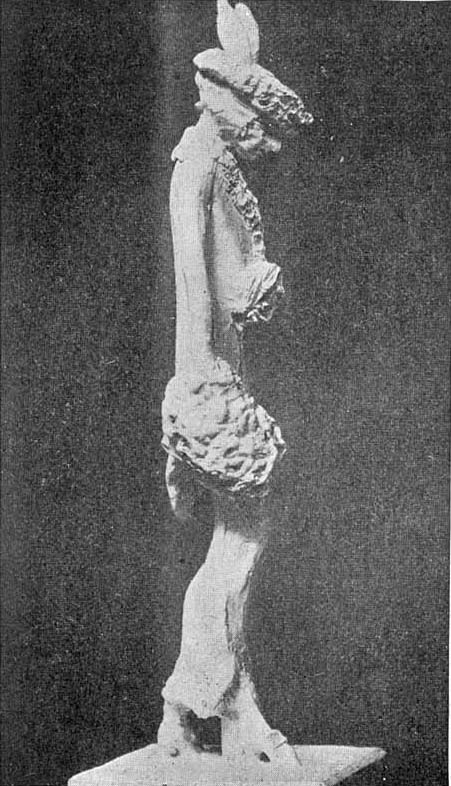
Fifth Avenue Girl, by Ethel Myers, from The Craftsman, 1913 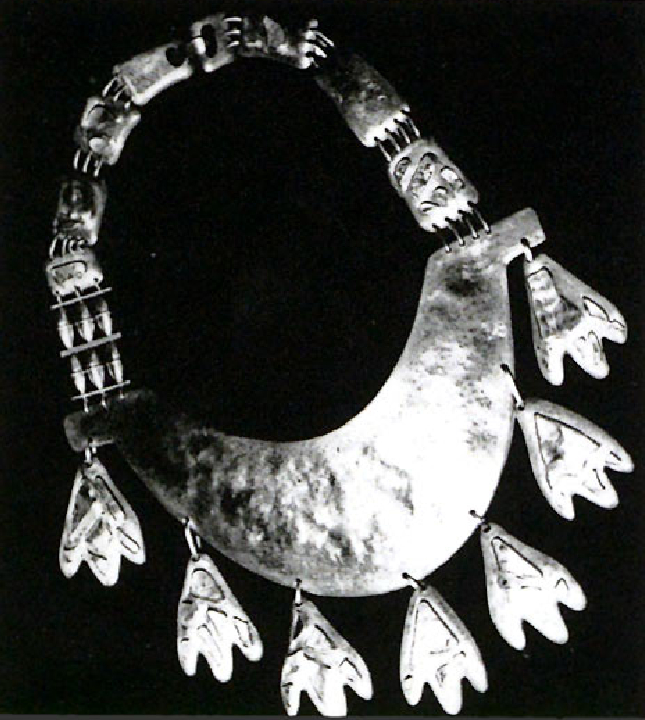
Cold Sea and Earth, by Millicent Rogers, from Craft Horizons, 1949 (not renewed)
Various projects are making copyright renewals easier to check. You can see if a journal renewed its issues via The Online Books Page first renewals list (up to 1950) and Penn Libraries deep backfiles, which uses Wikidata to track renewals of journals. View Adding a public domain photo to Wikimedia Commons or attend the WikiSalon workshop on Demystifying Copyright at WikiConference North America 2021.
Everyone is welcome!
We hope you’ll contribute and share this Signpost article! Please help us to fit the pieces of Wikipedia:WikiProject Craft together to create something both beautiful and useful.
We also hope to have a session at the upcoming WikiConference North America October 8-10.
Originally published by Mary Mark Ockerbloom, Dilettante Army and Pharos to The Signpost on 26 September 2021.

Can you help us translate this article?
In order for this article to reach as many people as possible we would like your help. Can you translate this article to get the message out?
Start translation

